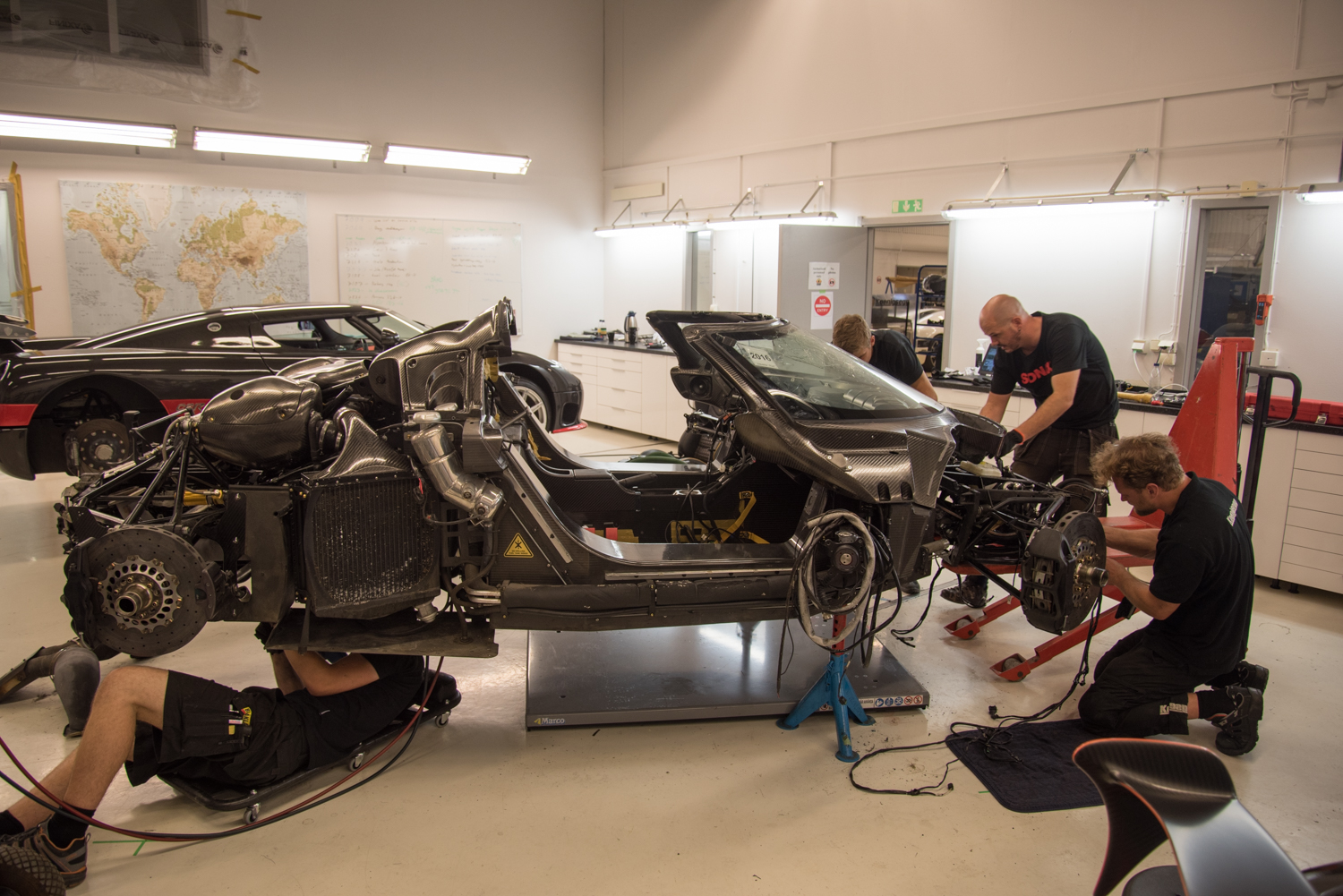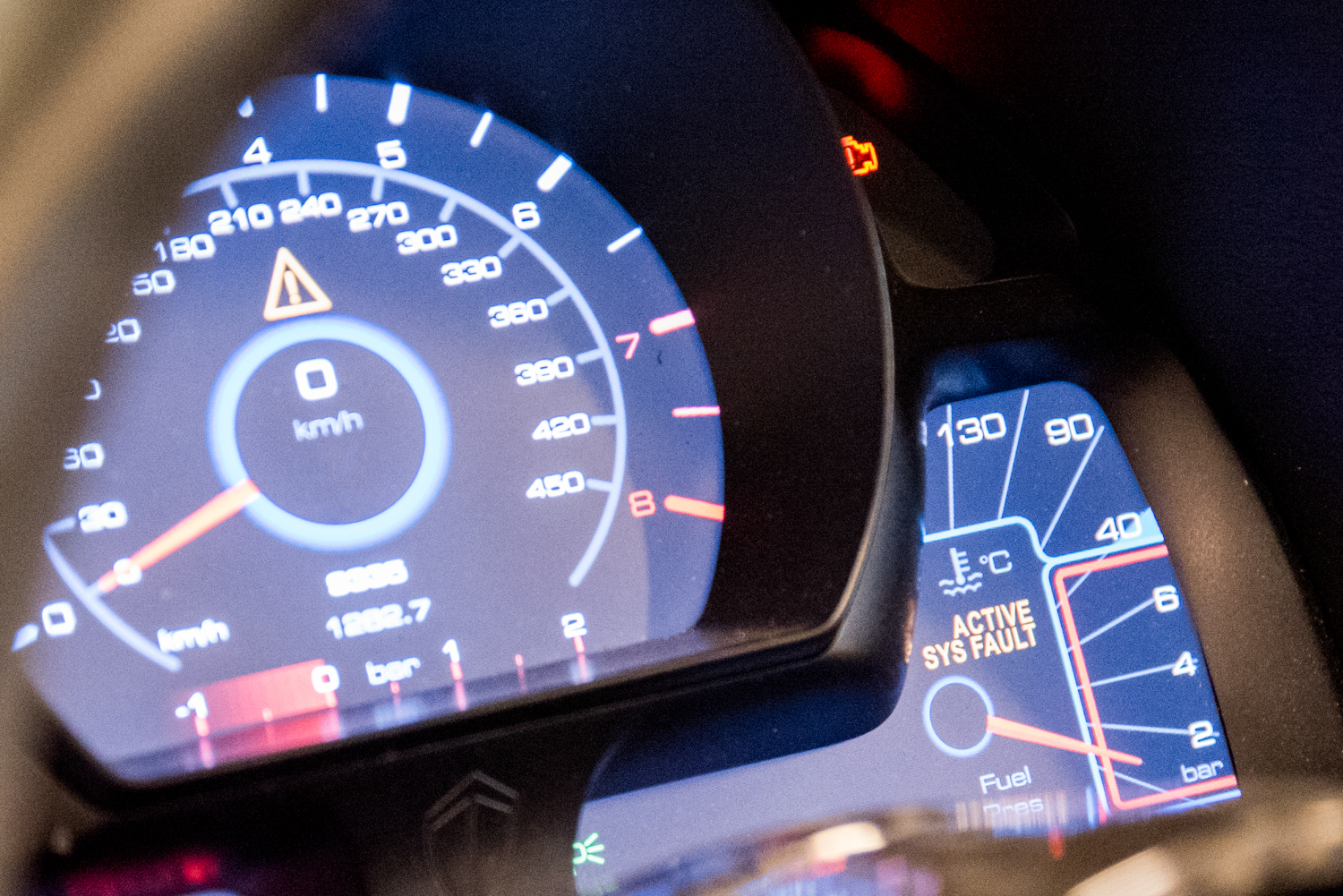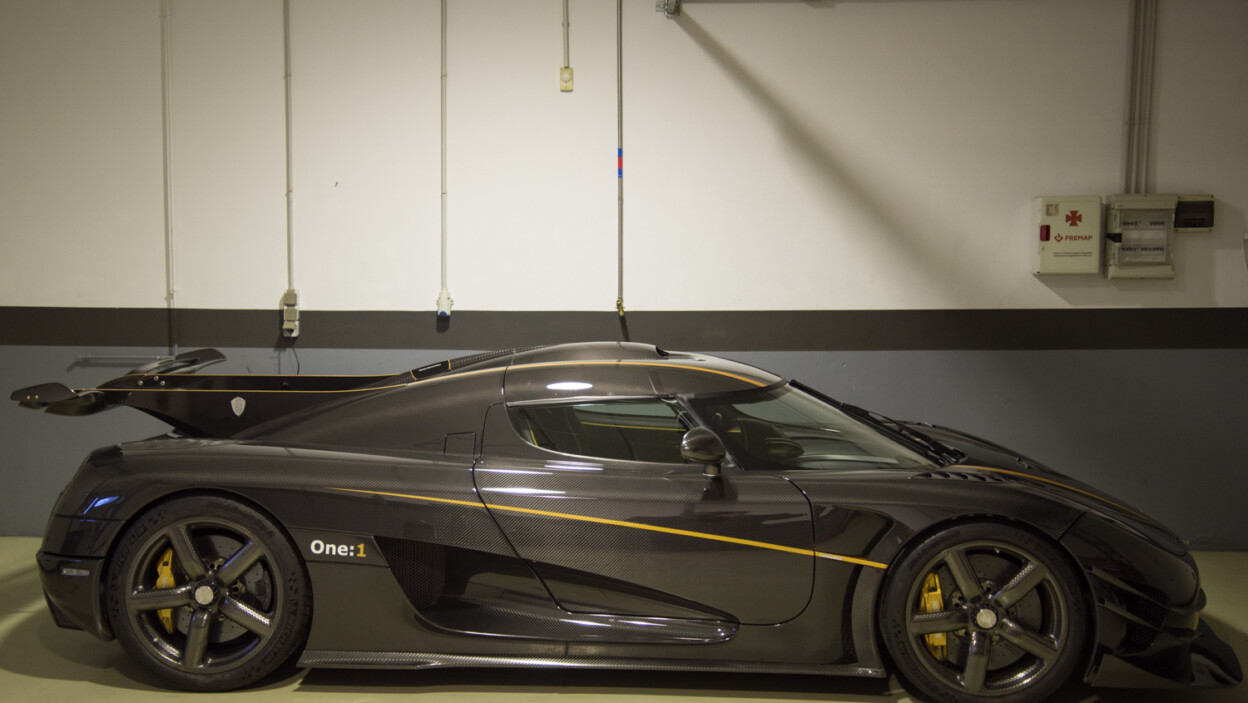
Earlier this week, we saw the aftermath of a crashed Koenigsegg One:1, an extremely exclusive hypercar built by the Swedes.
At that point of time, we were almost certain that the $2.5 million hypercar would be written off, as damages seem rather extensive. But, the folks from Koenigsegg have mentioned that they will in fact rebuild the One:1.
The damaged hypercar has returned to Ängelholm, and the crew at Koenigsegg has deduced the following.
The One:1 experienced front axle brake lock-up at approximately 170 km/h on a section of the track known as Fuchsröhre before hitting the fence at Adenauer Forst at approximately 110 km/h. The impact with the fence launched the car into the air for an estimated 22 meters while it turned 180 degrees before it landed on its left rear wheel and pivoted to land parallel with the fence. The airbags, fuel shut-off and other safety systems all deployed as they were designed to do.

No joke. The impact was so strong that it literally sent the One:1 22 meters into the air. Furthermore, Koenigsegg noted that there was a small fire that occurred in the rear section of the car, between the carbonfibre rear panels and the exhaust upon landing. The driver managed to extinguish the fire thanks to the fire extinguisher located in the car.
Koenigsegg said that the crash was caused by a faulty front left ABS wheel sensor signal as they discovered below.
Data analysis shows that the dashboard ABS warning light was triggered as soon as the ABS wheel sensor malfunction occurred. The small yellow ABS warning light is located centrally in the dashboard but may be difficult for the driver to see when he is wearing a helmet and concentrating on high-speed driving around the circuit. The driver may not necessarily notice any difference in the braking feel as long as he is not near the ABS braking zone, i.e. braking hard enough that it would have triggered the ABS system.

Furthermore, Koenigsegg’s engineers managed to replicate the fault by disconnecting the left front wheel ABS sensor on a similar car. They discovered that the results were consistent with the One:1 that crashed at the Nurburgring.
Despite the One:1’s extensive body and subframe damage, Koenigsegg found that the carbon monocoque chassis and airbag restraint system worked as designed. Despite crashing into the barrier at 110 km/h, the One:1 did not suffer any no fuel leaks, no oil leaks and no hydraulic fluid leaks.
Koenigsegg will rebuild the One:1, including the engine, gearbox and many other systems. According to them, both doors were fully operational, opening and closing in their original positions. The removable roof is fully intact and properly aligned.
Images via Koenigsegg
Other posts by AF Newsdesk





